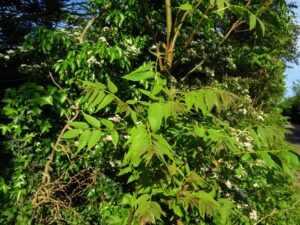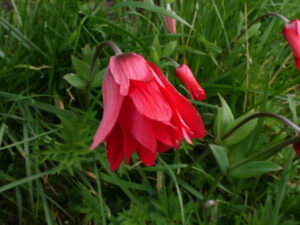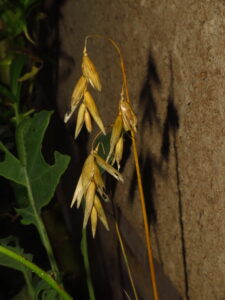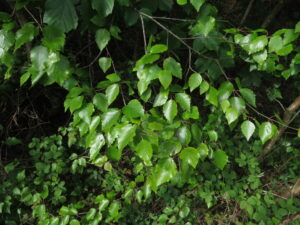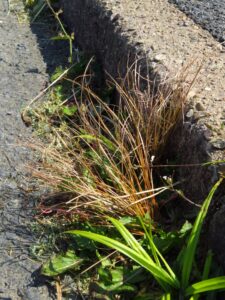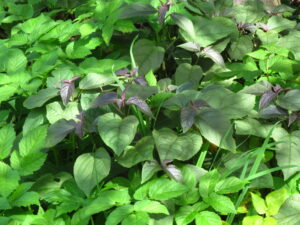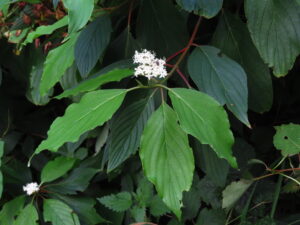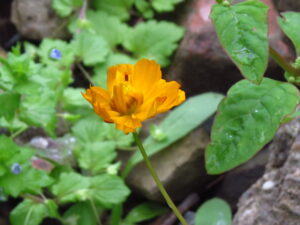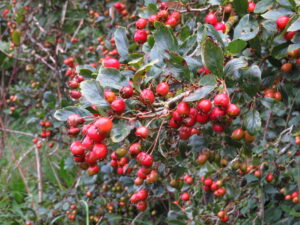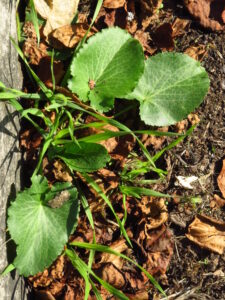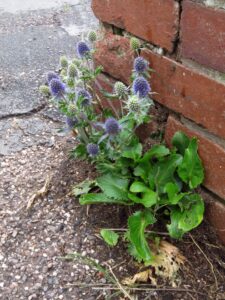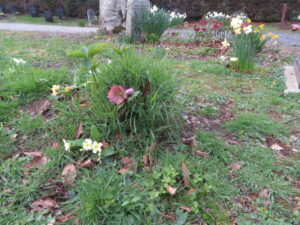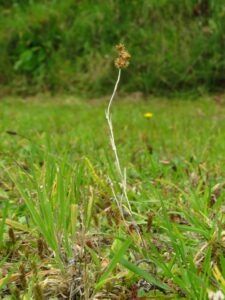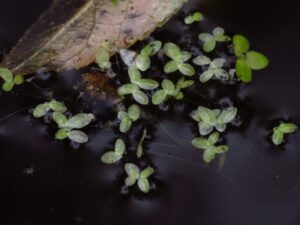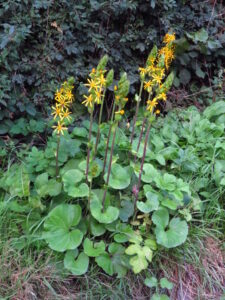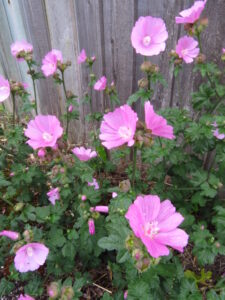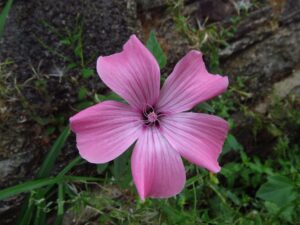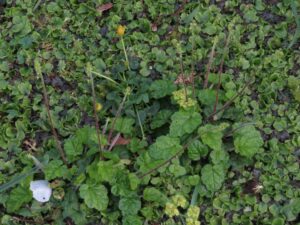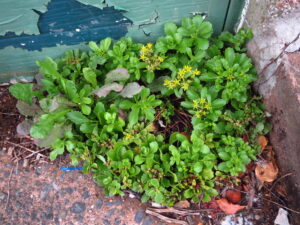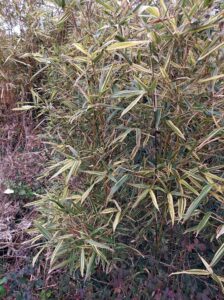2023 County Report for North Devon
Bob Kirby, Bob Hodgson
Over ten thousand records have been gathered, twenty-six for taxa new to the vice-county (with a dozen more awaiting confirmation). Over a hundred and seventy-five records involved plants known to be very rare in Devon, most being neophytes.
BH has been active mostly within VC3 (in which he lives), with a few excursions northward into VC4. BK’s spring recording focussed on LORE targets, with Stellaria pallida (Lesser Chickweed), Asplenium obovatum (Lanceolate Spleenwort), and Helleborus viridis (Green Hellebore) found in previous haunts. Later trips focused on tetrads that had either no significant recording since 2003 or a very high apparent biodiversity loss. These picked up fast-spreading neophytes, and revealed how some apparent biodiversity loss can be an artefact of a tetrad’s recording history. His year was rounded off updating lists for a number of suburban areas.
Supported was provided for a BioBlitz, run by South West Water, and several field meetings were organised for the Devonshire Association’s Botany Section.
Visits to recorded sites for Limonium binervosum agg. (Rock Sea-lavender) have helped to provide a better understanding of the taxa probably present, in the hope of eventually recording them in more detail. Work has also been undertaken with a view to trying to update Rubus coverage.
S. Desjardine (of Leicester University) was assisted in his investigation of a distinctive form of Parapholis (Hard-grass) found in the SW.
A report of Geum macrophyllum (Large-leafed Avens), took BK to Lydford Forest where he found it well established and spreading into adjacent areas.
